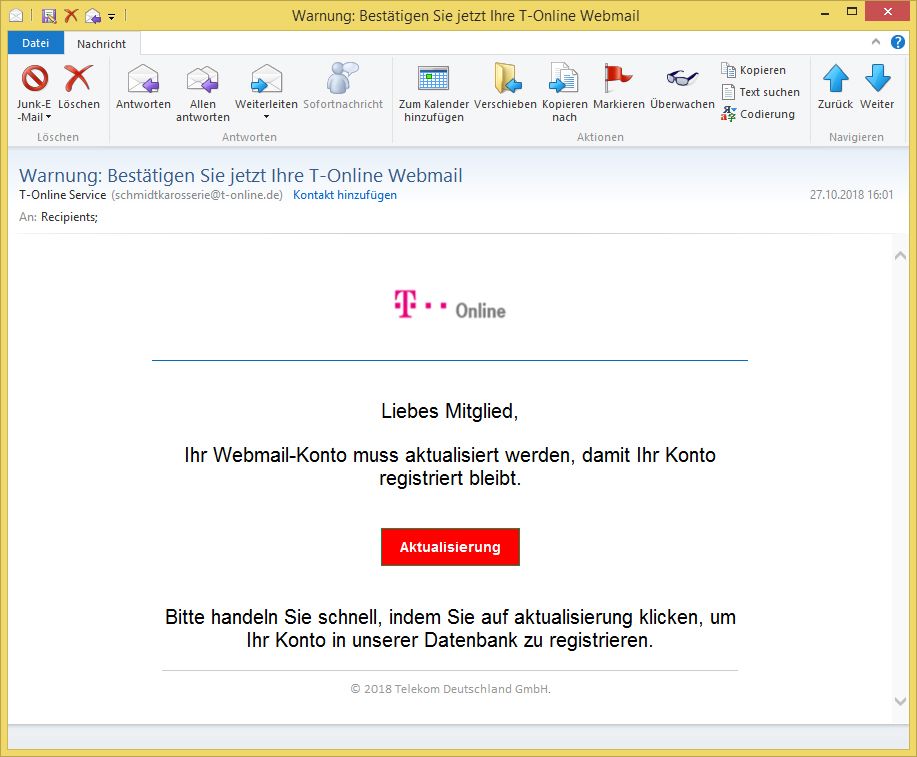
- #Ts automailer how to
- #Ts automailer install
- #Ts automailer portable
- #Ts automailer code
- #Ts automailer password
#Ts automailer install
Install it from GitHub and let’s move on: install.packages("remotes") The package works with all SMTP servers and has minimal dependencies. emayiliĮmayili is the last package on our list for sending emails in R via SMTP.
#Ts automailer code
The user will be prompted to provide one during code execution.
#Ts automailer password
NB: There is no way to programmatically specify a password for authentication. Using a credentials file that you can generate with the create_smtp_creds_file() function:.Using a credentials key that you can generate with the create_smtp_creds_key() function:.Providing the SMTP credentials directly via the creds() helper:.

This can be done with the smtp_send() function through one of the following ways: Preview the email using attach_connect_email(email = email)

#Ts automailer how to
We’ll review how to send emails via the SMTP server, however, blastula also supports the Mailgun API. The blastula package allows you to craft and send responsive HTML emails in R programming. You can also point to an HTML template by specifying its location, as follows: body = "./Template.html", blastula Send.mail(from = c("Recipient 1 ", "Recipient 2 "),Īttach.files = c("./attachment.png", ""),įile.names = c("Attachment.png", "Attachment.pdf"), #this is an optional parameterįile.descriptions = c("Description for Attachment.png", "Description for Attachment.pdf")) #this is an optional parameterĮventually, let’s send an HTML email from R: library(mailR) Now, let’s add a few attachments to the email: library(mailR) Next, we create a data structure called Server, which is a map with a single key value pair – key: smtpServer, value: : Server","The Sender") # the sender’s name is an optional value Let’s install the package first: install.packages("sendmailR",repos="") That’s why we won’t use Email Sandbox in the following examples. sendmailR is mostly used for SMTP servers without authentication. At the same time, you can distribute analytical results to stakeholders using this R package as well. SendmailR can be used for sending all sorts of email notifications such as completed jobs and scheduled tasks. For more on Email Sandbox functionality, use cases, and benefits, read the Mailtrap Getting Started Guide. Besides catching testing emails from staging, using the Sandbox, you can analyze your email’s content for spam with the help of an already integrated Apache SpamAssassin filter and validate HTML/CSS. In our examples, we’ll use Mailtrap Email Sandbox, a safe environment that captures SMTP traffic and helps you avoid spamming recipients with test emails. Whichever R package you choose, keep in mind that you need an SMTP server to send emails. We won’t focus on all of them, but we will introduce the most common and convenient options.
#Ts automailer portable
Here are the R packages you can use for sending emails:Ī portable solution for sending emails from R (containsĪn easy to use package for sending emails from R.Ī wrapper around Apache Commons Email for sendingĪ package for creating and sending HTML emails from RĪ wrapper around Blat – a Windows command line utilityĪ package for sending emails via the Gmail’s RESTful API.Ī package for sending emails via the Mailgun API.Ī package for sending emails from R via an SMTP server.Ī Windows-specific package for sending emails in R fromĪ package to automate email sending from R via Gmail

So, let’s explore multiple ways of how to send an email with R. Of all possible channels for this, email is the most common one. What we’re interested in is how you can share the results of your R-based analysis with different stakeholders. Some say the R programming language can do everything and we’re not going to disprove such a bold claim.

It can be used for UX monitoring, data-based predictions, and much more. R is a powerful solution to deal with statistics-heavy projects and explore datasets.


 0 kommentar(er)
0 kommentar(er)
